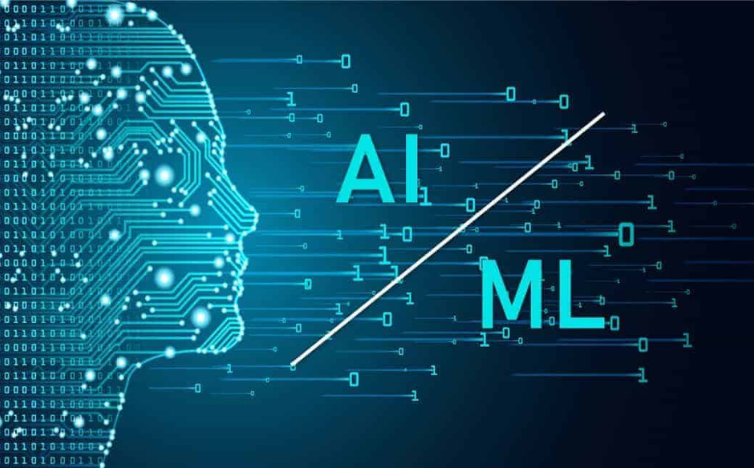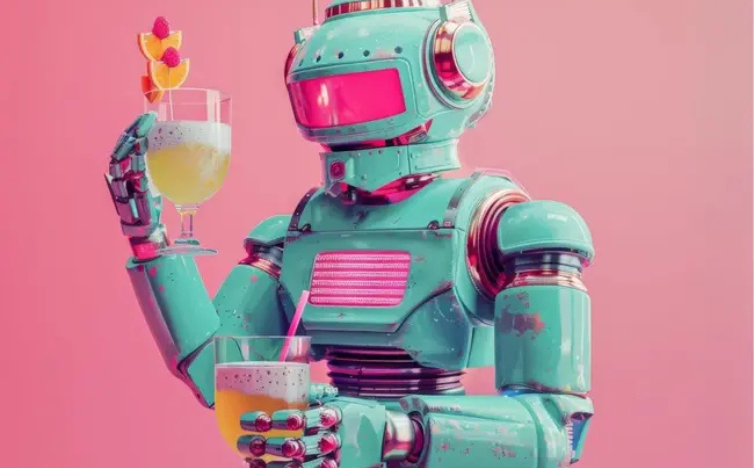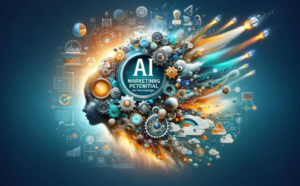In the dynamic world of audio engineering, artificial intelligence (AI) offers groundbreaking solutions to complex problems. One such challenge is the ‘Cocktail Party Problem’—the difficulty of isolating a single audio source from a noisy environment. Named after the difficulty of focusing on one conversation amidst the buzz of a party, this problem has puzzled scientists and engineers for decades. Thanks to advancements in AI, however, we’re on the brink of transforming how we process and interact with audio.
Table of Contents
Understanding the Cocktail Party Problem
Before we explore AI’s role, let’s break down the Cocktail Party Problem. Imagine a scenario where multiple conversations occur simultaneously. Humans can naturally focus on one voice while filtering out others, yet this task is notoriously complex for machines. Traditional signal processing techniques have been limited in their ability to accurately separate sounds due to overlapping frequencies and similar sound levels.
Enter AI and Machine Learning
AI, particularly through machine learning techniques, has made significant strides in solving this auditory conundrum. Here’s how:

Deep Learning Models
Deep learning models, particularly neural networks, have become crucial tools. These models can be trained on vast datasets of audio, enabling them to identify patterns and characteristics unique to individual voices. By analyzing these patterns, AI can isolate a specific signal from a mixture of sounds, accurately replicating human ability to focus on specific sounds.
Source Separation Algorithms
Recent advances in source separation algorithms are revolutionizing audio processing. These algorithms leverage AI to distinguish between different sound sources with impressive accuracy. By applying supervised and unsupervised learning techniques, AI can enhance its ability to differentiate between voices, instruments, and other audio components.
See Also: 11 Best AI Tools For Music Generators
Impact on Future Audio Technologies
AI’s ability to solve the Cocktail Party Problem has profound implications for future audio technologies. Let’s explore some promising applications:
Enhanced Audio Devices
Imagine a world where hearing aids, headphones, and conference call systems are equipped with AI-powered audio separation capabilities. Users could adjust their devices to focus on specific audio sources, improving communication in noisy environments and providing a more personalized listening experience.
Advanced Voice Assistants
Voice-activated devices, such as smart speakers, stand to benefit immensely from AI’s prowess. By accurately isolating voice commands from background noise, these assistants can respond more effectively, even in bustling settings like kitchens or living rooms.
See Also: 8 Best AI Personal Assistants
Improved Audio Editing Tools
For audio engineers, AI-driven editing tools promise to streamline post-production processes. With AI’s precise source separation capabilities, removing unwanted background noise or isolating specific audio elements becomes more efficient, saving time and improving overall audio quality.
Revolutionizing Music Production
AI’s ability to separate audio sources could redefine music production. Musicians and producers gain unprecedented control over individual tracks, enabling creative experimentation and enhancing the quality of final mixes.
Challenges and Considerations
While AI has made remarkable progress in addressing the Cocktail Party Problem, challenges remain. Training models require vast amounts of data, and ethical considerations surrounding data privacy and consent must be carefully managed. Additionally, ensuring real-time performance and minimizing latency in AI-driven audio applications are essential for seamless user experiences.
Conclusion
AI’s impact on solving the Cocktail Party Problem is just the beginning. Audio engineers, tech enthusiasts, and AI developers are poised to benefit from these advancements, driving innovation in audio technologies. Whether it’s enhancing personal audio devices, revolutionizing voice-activated systems, or transforming music production, AI’s role in shaping the future of audio is undeniable.
Stay tuned, as AI continues to push the boundaries of what’s possible in audio technology, ensuring a brighter, clearer future for sound.
FAQs
What is the Cocktail Party Problem?
The Cocktail Party Problem refers to the challenge of isolating a single audio source, like a person’s voice, from a noisy environment where many sounds occur simultaneously, such as at a party.
How does AI help solve the Cocktail Party Problem?
AI utilizes deep learning models and source separation algorithms to analyze and isolate specific audio signals from complex sound mixtures, mimicking human ability to focus on a single voice among noise.
What are some real-world applications of AI solving the Cocktail Party Problem?
AI’s solutions are used in enhanced audio devices, advanced voice assistants, improved audio editing tools, and in revolutionizing music production by allowing for precise separation of audio sources.
Are there challenges in using AI for audio separation?
Yes, challenges include the need for vast training data, addressing data privacy concerns, ensuring real-time performance, and managing latency issues in AI-driven audio applications.




